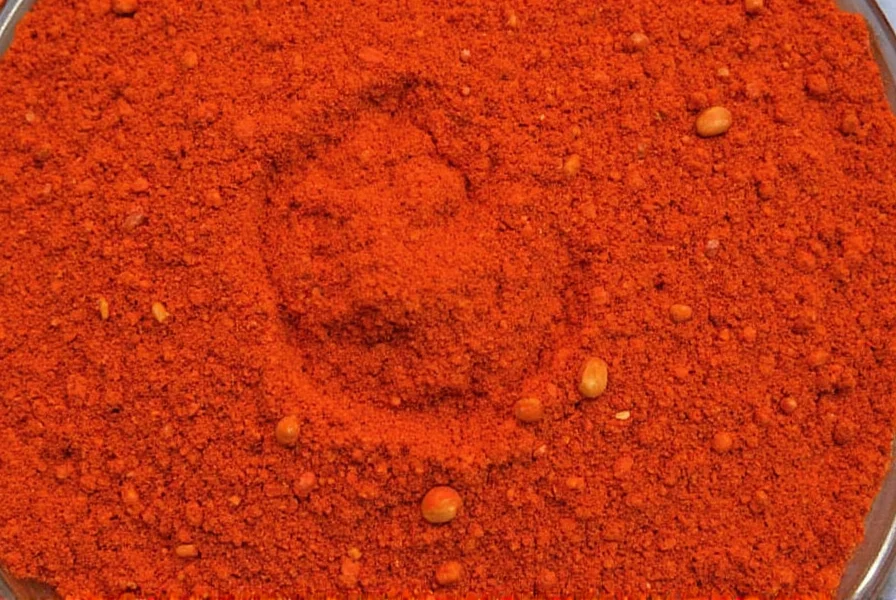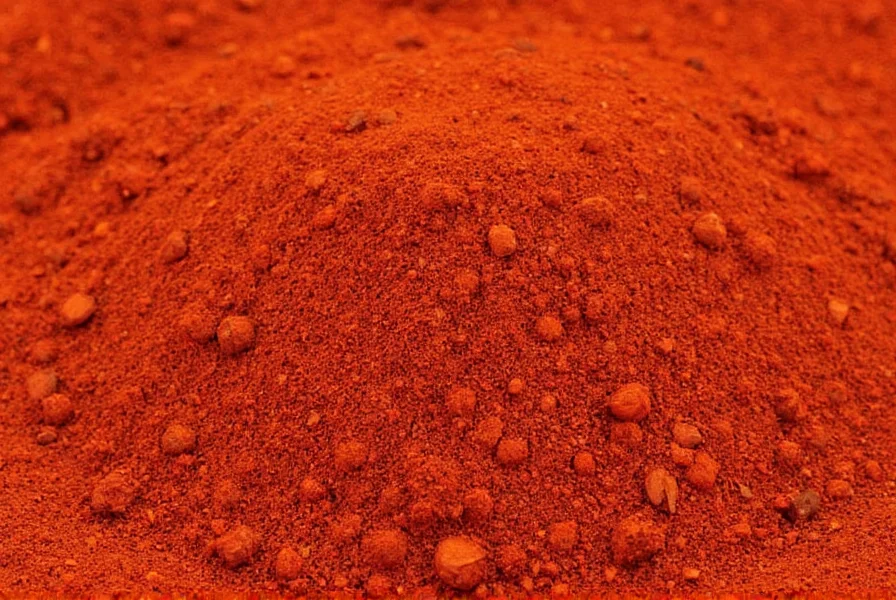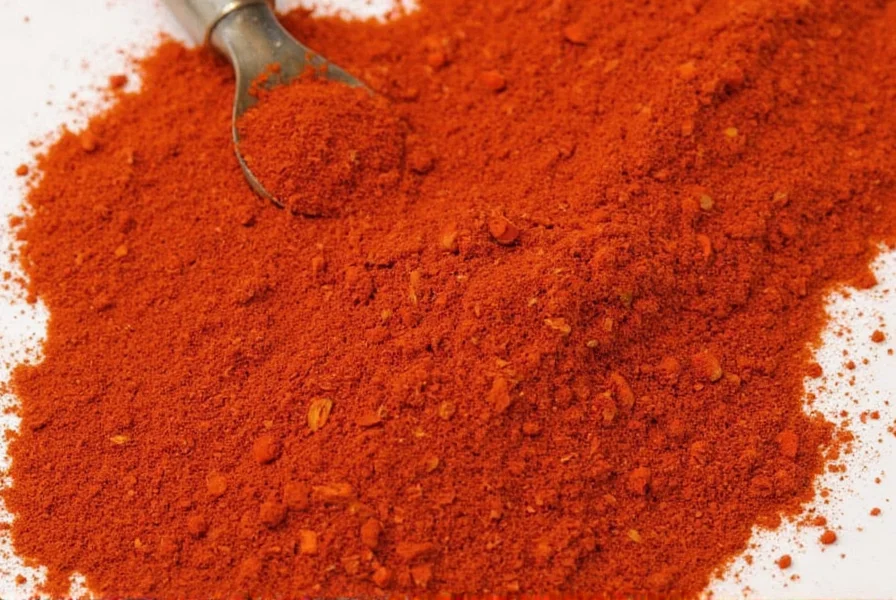Spanish paprika represents one of the world's most distinctive spice traditions, with roots tracing back to the 16th century when peppers were introduced to Spain from the Americas. What sets authentic Spanish paprika apart from other varieties is its protected status and meticulous production process that has remained largely unchanged for centuries.
The Protected Origin of Spanish Paprika
Pimentón de la Vera earned its Denominación de Origen Protegida (DOP) status in 1999, making it the only paprika in the world with this European Union protection. This certification guarantees that the paprika comes exclusively from the La Vera region in Cáceres province, Extremadura, where specific microclimatic conditions and traditional production methods create an unparalleled product.
The DOP certification requires that:
- Peppers must be grown in the designated La Vera region
- Traditional smoking process must use only oak wood
- Production must follow strict quality control standards
- Final product must pass chemical and sensory analysis
| Type of Spanish Paprika | Heat Level (Scoville) | Flavor Profile | Traditional Uses |
|---|---|---|---|
| Pimentón Dulce | 0-500 | Sweet, smoky, earthy | Patatas bravas, chorizo, roasted vegetables |
| Pimentón Agridulce | 500-2,000 | Mildly spicy, sweet with tang | Stews, sauces, marinades |
| Pimentón Picante | 5,000-10,000 | Hot, intense smoke, fiery | Spicy chorizo, traditional Spanish dishes requiring heat |
The Traditional Smoking Process
The distinctive flavor of authentic Spanish paprika comes from its unique smoking technique. After harvesting, peppers are strung on threads and hung in smokehouses called secaderos where they're slowly smoked over oak wood fires for 10-15 days. This slow smoking process serves multiple purposes:
- Preserves the peppers without refrigeration
- Develops complex flavor compounds through the Maillard reaction
- Creates the characteristic deep red color
- Reduces moisture content to 8-10% for optimal grinding
Following smoking, the peppers are ground using traditional stone mills, which operate at low temperatures to preserve the delicate flavor compounds that would be lost in high-speed commercial grinding.

How to Identify Genuine Spanish Paprika
With many products claiming to be "Spanish-style" paprika, consumers need to know how to identify the authentic Pimentón de la Vera DOP. Look for these indicators:
- The official DOP logo on the packaging (a red and yellow shield with "Pimentón de la Vera"
- Specific type designation: Dulce, Agridulce, or Picante
- Producer information showing La Vera region origin
- Deep, rich red color (not bright orange like some imitations)
- Distinctive smoky aroma when opened
Genuine Spanish paprika should never contain additives, fillers, or anti-caking agents. The ingredient list should simply state "paprika" or "pimentón." Products with "spice blends" or additional ingredients are not authentic Pimentón de la Vera.
Culinary Applications of Spanish Paprika
Understanding the different types of Spanish paprika allows chefs to use them appropriately in various dishes:
- Dulce (sweet): Ideal for dishes where you want color and smokiness without heat, such as patatas bravas, roasted vegetables, or as a finishing spice for soups
- Agridulce (bittersweet): Perfect for marinades, stews, and sauces where you want subtle heat with complex flavor
- Picante (spicy): Used in traditional Spanish chorizo and other cured meats, or in dishes requiring noticeable heat
When cooking with Spanish paprika, remember that heat diminishes its delicate flavor compounds. For best results, add it toward the end of cooking or use it as a finishing spice. Never burn Spanish paprika, as this creates bitter flavors that overwhelm its nuanced profile.

Storage and Shelf Life
To maintain the vibrant color and complex flavor of authentic Spanish paprika, proper storage is essential. Store in an airtight container away from light and heat. The traditional tin containers used in Spain provide excellent protection from light and moisture.
Properly stored, genuine Spanish paprika maintains its quality for 12-18 months. Over time, the vibrant red color will fade and the flavor will diminish. To test freshness, check for a strong smoky aroma and deep red color. If the paprika smells musty or appears dull brown, it's past its prime.
Why Spanish Paprika Stands Apart
While paprika is produced in many countries, Spanish paprika—particularly Pimentón de la Vera—stands in a category of its own due to its protected origin, traditional production methods, and distinctive flavor profile. The combination of specific pepper varieties, the unique smoking process, and centuries of refinement creates a spice that's become essential to Spanish cuisine and increasingly valued by chefs worldwide.
When seeking authentic Spanish paprika, look beyond just the label—understand the production methods, flavor profiles, and proper usage to fully appreciate this remarkable culinary treasure from Spain's Extremadura region.
Frequently Asked Questions
What makes Spanish paprika different from Hungarian paprika?
Spanish paprika undergoes a distinctive smoking process over oak wood for 10-15 days, creating a deep smoky flavor profile. Hungarian paprika is typically sun-dried without smoking, resulting in brighter, fruitier notes. Spanish varieties also tend to be milder than many Hungarian paprikas, with the exception of Spanish Picante.
How can I verify if my Spanish paprika is authentic Pimentón de la Vera?
Look for the official DOP logo (a red and yellow shield), check that the packaging specifies "Pimentón de la Vera" along with the type (Dulce, Agridulce, or Picante), and verify the producer information shows La Vera region in Extremadura, Spain. Authentic products will list only "paprika" as the ingredient with no additives.
What's the difference between Pimentón Dulce, Agridulce, and Picante?
Dulce is sweet paprika with no heat (0-500 Scoville), Agridulce is bittersweet with mild heat (500-2,000 Scoville), and Picante is spicy (5,000-10,000 Scoville). These designations are legally protected for authentic Pimentón de la Vera and indicate both flavor profile and heat level.
Can I substitute regular paprika for Spanish paprika in recipes?
You can substitute, but the dish will lack the distinctive smoky flavor of authentic Spanish paprika. For closest approximation, mix regular paprika with a small amount of liquid smoke (1/8 teaspoon per teaspoon of paprika), though this won't fully replicate the complex flavor developed through traditional smoking.
Why is Spanish paprika more expensive than other varieties?
Genuine Pimentón de la Vera commands higher prices due to its protected status, labor-intensive production process (hand-harvesting, traditional smoking), limited growing region, and rigorous quality controls. The 10-15 day smoking process alone requires significant time, space, and wood resources compared to standard dried paprika production.











 浙公网安备
33010002000092号
浙公网安备
33010002000092号 浙B2-20120091-4
浙B2-20120091-4